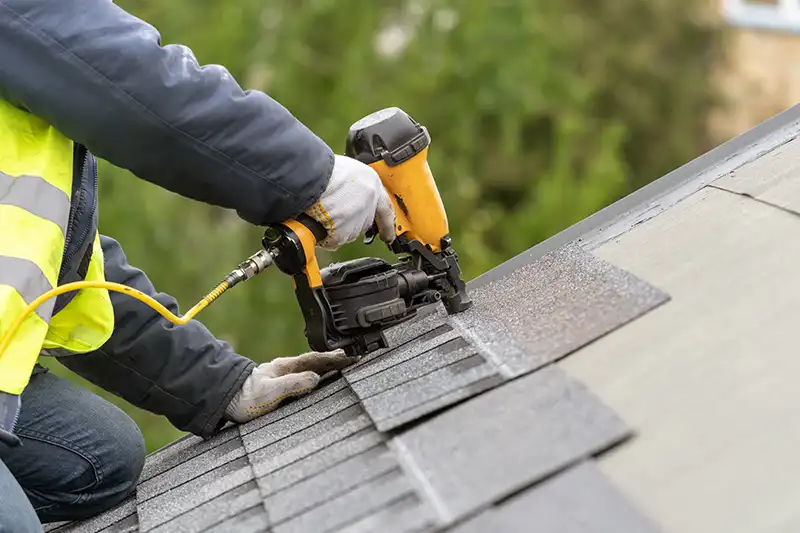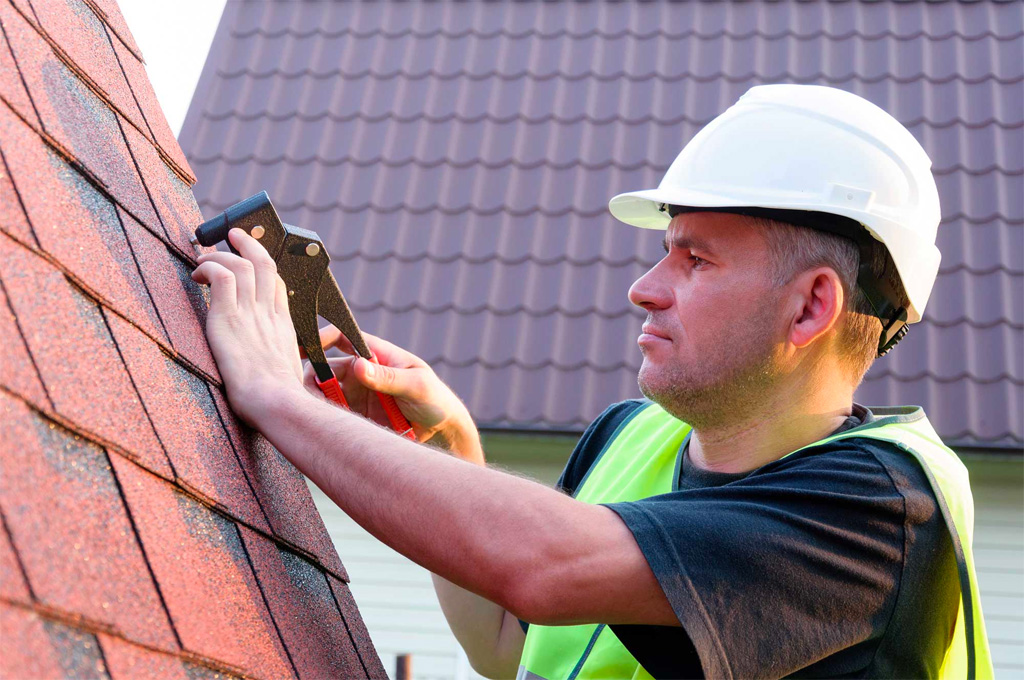A Comprehensive Guide to Effective Roofing Flat Roof Installation
The details of level roofing system installment demand a careful approach, starting with an extensive understanding of various level roofing types and the crucial materials needed for optimal efficiency. A successful installment hinges not just on the choice of products however additionally on the prep work and execution of each step included in the process.
Recognizing Flat Roofing Types
When considering level roofs, it is necessary to understand the different types available, as each offers distinct advantages and drawbacks customized to specific requirements. One of the most usual types of level roofs include Built-Up Roof covering (BUR), Customized Asphalt, and Single-Ply membranes.
Built-Up Roof consists of several layers of asphalt and gravel, giving exceptional toughness and weather resistance. It is specifically useful in areas vulnerable to serious climate condition yet may need more upkeep as a result of its complicated construction.
Modified Asphalt is a preferred selection for its convenience of installment and adaptability. It frequently utilizes a torch-applied or self-adhesive approach, which can be beneficial for fast repairs and lasting efficiency. Its lifespan can be much shorter contrasted to BUR.
Single-Ply membranes, including Thermoplastic Olefin (TPO) and Ethylene Propylene Diene Monomer (EPDM), are identified for their light-weight nature and energy effectiveness. These materials are commonly favored for business buildings because of their cost-effectiveness and simplicity of setup (Cleveland Roofing Specialists). However, they might not give the very same degree of insulation as various other choices.
Each roof type needs cautious consideration based on environment, budget plan, and particular task needs.
Crucial Materials for Flat Roofing
A selection of necessary materials are essential for the effective installation of level roofing systems. The selection of products straight influences durability, efficiency, and general performance.
One of the primary materials is the roof membrane layer, which can be built from different materials such as polycarbonate polyolefin (TPO), ethylene propylene diene monomer (EPDM), or PVC. Each kind supplies special advantages, consisting of UV resistance and versatility, which are crucial for prolonged performance.
Along with the membrane layer, insulation products play a substantial role in power performance. Inflexible foam boards or polyisocyanurate insulation are preferred choices, as they offer superb thermal resistance and wetness monitoring.
Moreover, roof covering adhesives and sealers are vital for ensuring a leak-proof installment. These products need to work with the chosen membrane to avoid deterioration gradually.
Planning For Installation
Proper preparation is essential for a successful flat roofing system setup, as it lays the groundwork for a effective and long lasting roof covering system. Begin by performing an extensive evaluation of the existing roofing framework.
Following, collect all essential tools and materials, making certain that they satisfy market standards. This consists of waterproof membrane layers, insulation, blinking, and fasteners. Acquaint yourself with the manufacturer's requirements, as adherence to these standards is important for guarantee objectives.
Furthermore, make sure that the workplace is free from particles and blockages to assist in risk-free and effective installation. Think about weather conditions; stay clear of installment during heavy rainfall or severe temperatures, which can affect product efficiency. Educate any kind of owners of the building about the future job to make certain security and decrease disruptions. By taking these preparatory actions, you can enhance the probability of a successful flat roofing system installment that meets both architectural and visual requirements.
Step-by-Step Installation Process
With the foundation developed with detailed prep work, the following stage includes implementing the flat roof setup systematically. This action is critical for preserving the roofing system's integrity over time.
Following the vapor barrier installment, put down insulation boards, guaranteeing they fit tightly with each other to lessen thermal bridging. Safeguard the insulation with proper fasteners based upon the roof covering type and local structure codes. When the insulation is in area, it's time to apply the roof covering membrane. Relying on the chosen material-- such as TPO, EPDM, or changed bitumen-- set up the membrane according to the supplier's requirements.
Install flashing around boundaries, vents, and any kind of roofing system penetrations to enhance waterproofing. After installation, perform a complete evaluation to recognize any kind of potential problems prior to ending the job, ensuring a robust and trustworthy flat roof system.
Upkeep Tips for Long Life
Regular maintenance is necessary to make sure the longevity and efficiency of a level roof covering. One of the primary jobs is to conduct routine examinations at the very least twice a year, preferably in springtime and loss. Throughout these assessments, search for indications of wear, such as blisters, splits, or merging water, which can suggest underlying concerns.

Ensuring correct drain is vital to avoid water build-up. Check and clear rain gutters, downspouts, and scuppers to assure unobstructed water circulation. Additionally, check seals around vents, skylights, and other infiltrations for any indications of degeneration, using caulk or sealer as needed to maintain a water tight obstacle.
Lastly, think about specialist maintenance services every couple of years for comprehensive maintenances. By adhering to these maintenance suggestions, you can dramatically extend the life of your flat roofing system, guaranteeing it continues to be a trusted shield against the elements.
Verdict
Reliable level roofing system installation demands an organized strategy incorporating detailed examinations, product choice, and precise preparation. Adhering to the outlined steps throughout the setup process makes certain the correct application of roof covering membranes and insulation while enhancing waterproofing via effective flashing setup.
The details of level roof covering installation demand a thorough technique, beginning with a thorough understanding of numerous level article source roofing system kinds and the important products required for ideal efficiency.Correct preparation is vital for an effective level roof setup, as it lays the groundwork for a long lasting and reliable roofing system. After installation, carry out a thorough inspection to determine any possible problems prior to concluding the task, making sure a robust and dependable level roof covering system.
